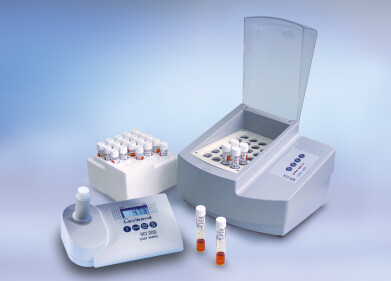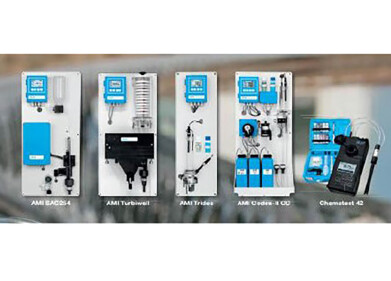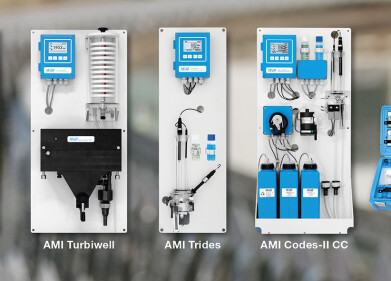Water Quality Monitoring
Italian Underwater Robot Breaks New Ground in Water Monitoring
Apr 03 2016
Italian energy company ENI has developed an innovative new robotic device capable of monitoring environmental conditions of sea beds underwater, without direct instruction from or connection to surface vessels. The device, named Clean Sea, will focus mostly on assessing the areas around offshore oil and gas installations, as well as checking pipelines for signs of leakage or wear and tear.
What’s remarkable about Clean Sea in comparison to previous models is its ability to work autonomously and without the inconvenience of a connecting cable to a surface vessel. As well as being used to assess conditions of existing installations, it can also aid in planning out future construction with minimal disruption to the surrounding wildlife.
AUV over ROV
Up until now, information pertaining to offshore oil rigs and environmental underwater monitoring had to be gathered by remotely operated vehicles (ROVs). Though these units can provide valuable data about conditions beneath the surface of the waves, they are cumbersome to use due to the fact that they must be connected to a surface vessel or launch platform via a physical cable. Furthermore, they necessitate the transfer of electricity below water and require further transmission lines to relay the collected intel.
However, Clean Sea removes all of those logistical difficulties in one fell swoop. As an autonomous underwater vehicle (AUV), it does not require any connecting cables to receive electricity and instructions or to transmit its data.
This means that not only can it reach inaccessible locations and record accurate readings of water quality, it can also adjust the priorities of its mission depending on its findings without any input from the humans on dry land. This makes it an invaluable tool in assuring our ocean’s waters stay free from contamination.
Clean Sea the Way of the Future
While existing low cost autonomous sensors for water quality monitoring are great for delivering reports from a fixed location, Clean Sea has the mobility to examine whole stretches of pipeline and test the water in its vicinity to determine if there have been any leakages.
In fact, the innovative model is capable of dropping to depths of up to 300m, with a total range of 40 miles from the monitoring station. If necessary, it can reach a top speed of up to four knots (roughly 6mph), which means it can get around the ocean floor quickly and efficiently.
In this regard, the Italian prototype is streets ahead of its competitors both in the ROV and remote water quality sensor world. Although its primary purpose is to patrol oil and gas installations, its ability to monitor water quality in any type of marine environment means that its application could potentially be extended far outwith the realms of fossil fuels.
At present, there are two logistical headquarters being planned for the Clean Sea unit. The first will be constructed in Sicily, to serve all of its Mediterranean operations, while the second is to be built in Angola in order to provide a base for African missions. In 2014, Clean Sea was presented with the Premio dei Premi per l’Innovazione from the Cotec Foundation for its impressive advances in the field of technological innovation.
Digital Edition
AET 28.4 Oct/Nov 2024
November 2024
Gas Detection - Go from lagging to leading: why investment in gas detection makes sense Air Monitoring - Swirl and vortex meters will aid green hydrogen production - Beyond the Stack: Emi...
View all digital editions
Events
Jan 12 2025 Abu Dhabi, UAE
Jan 14 2025 Abu Dhabi, UAE
Jan 20 2025 San Diego, CA, USA
Carrefour des Gestions Locales de L'eau
Jan 22 2025 Rennes, France
Safety, Health & Wellbeing LIVE
Jan 22 2025 Manchester, UK



















